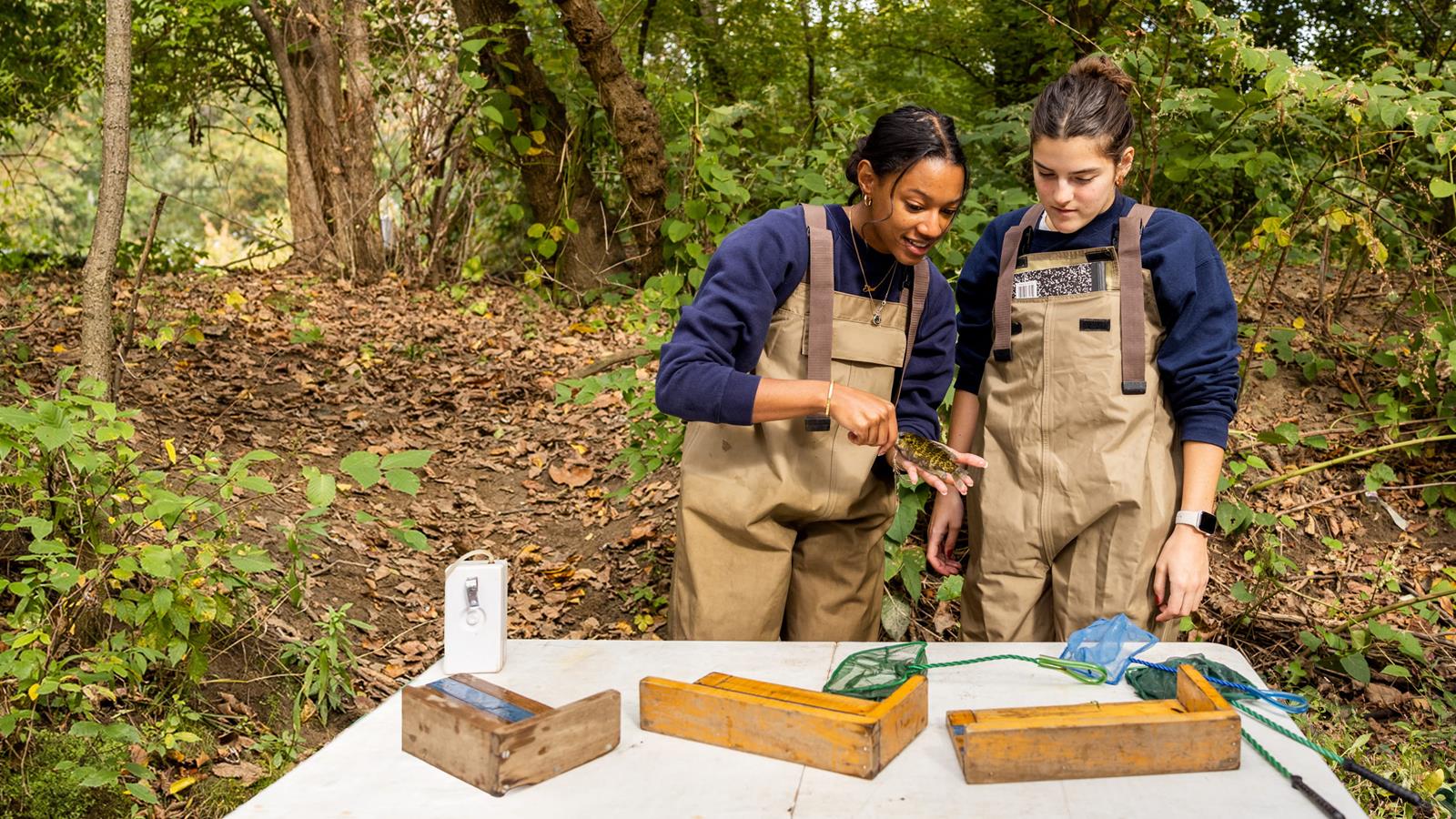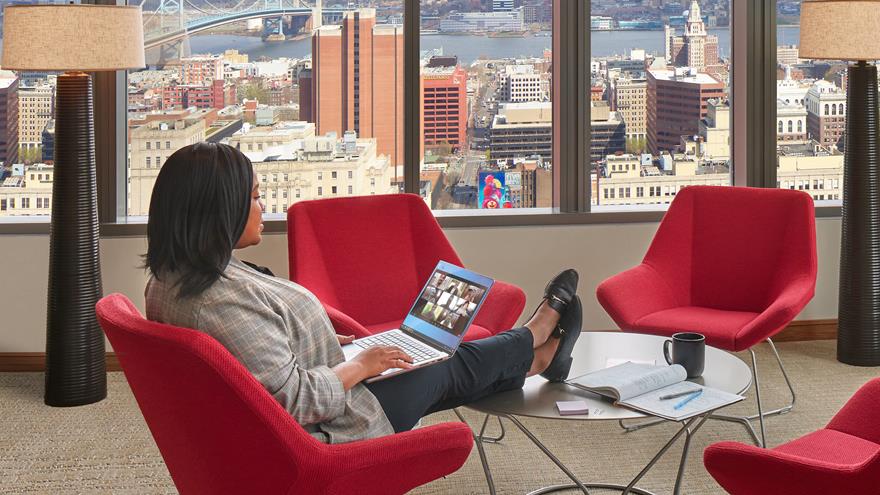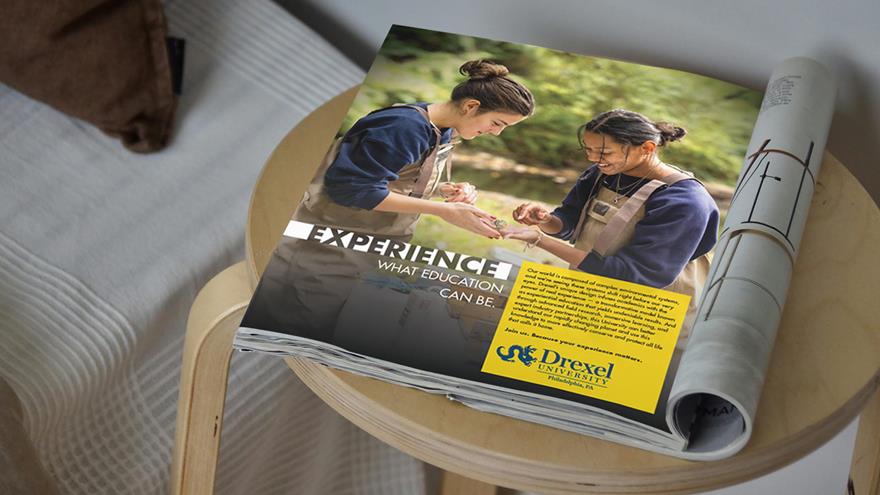Color Pallette

Experience Drexel Blue
CMYK: C100, M63, Y12, K50
RGB: R7 G41 B77
Hex: #07294D

Experience Drexel Yellow
CMYK: C0, M12, Y98, K0
RGB: R255, G198 B0
Hex: #FFC600
Typefaces
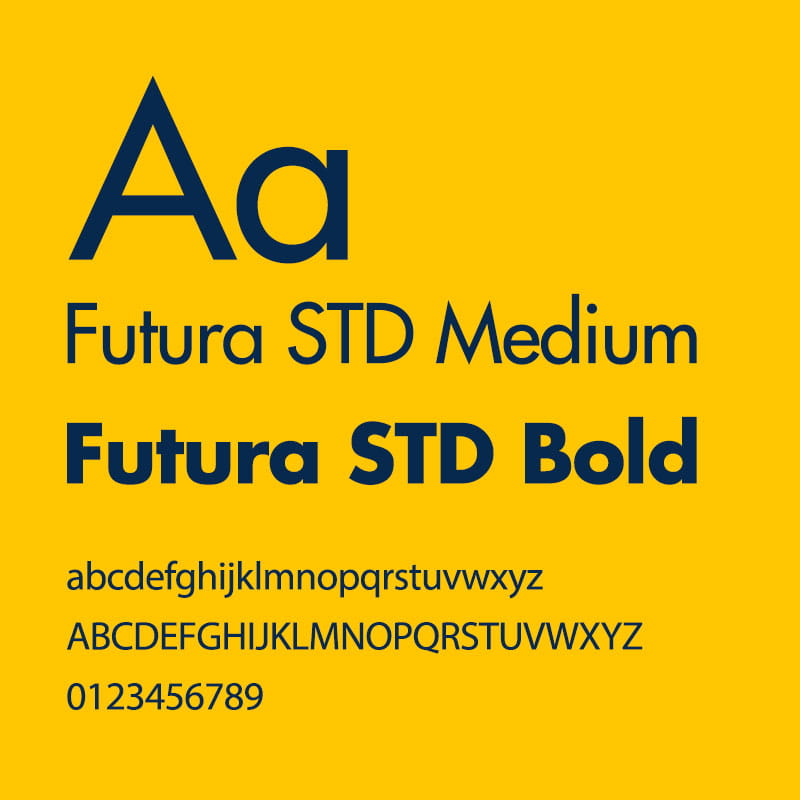
Although Futura offers a wide range of weights, the Experience Drexel campaign sticks with Bold and Medium, only using italic Futura font versions per APA standards (such as recognizing the title of a periodical, book, brochure, or report). Futura also allows for small and digital use without degradation and expresses the Drexel University brand's classic, academic, and collegiate qualities. The Futura Bold font is often used to highlight primary concepts in headlines and to punctuate concluding thoughts in body copy. Futura Medium is used for all supporting body copy, as well as a few minor additional uses.
Ad Text: Futura STD Medium
Ad Headline Text: Futura STD Bold
On limited occasions, the campaign uses Miller Roman, the official Drexel University serif font. We use this font to accent the Drexel University logo with "Philadelphia, PA" or another location, if applicable. Examples of this are in the "Experience Drexel Brand Mark Instructions" below.
Experience Drexel Title Lock-ups
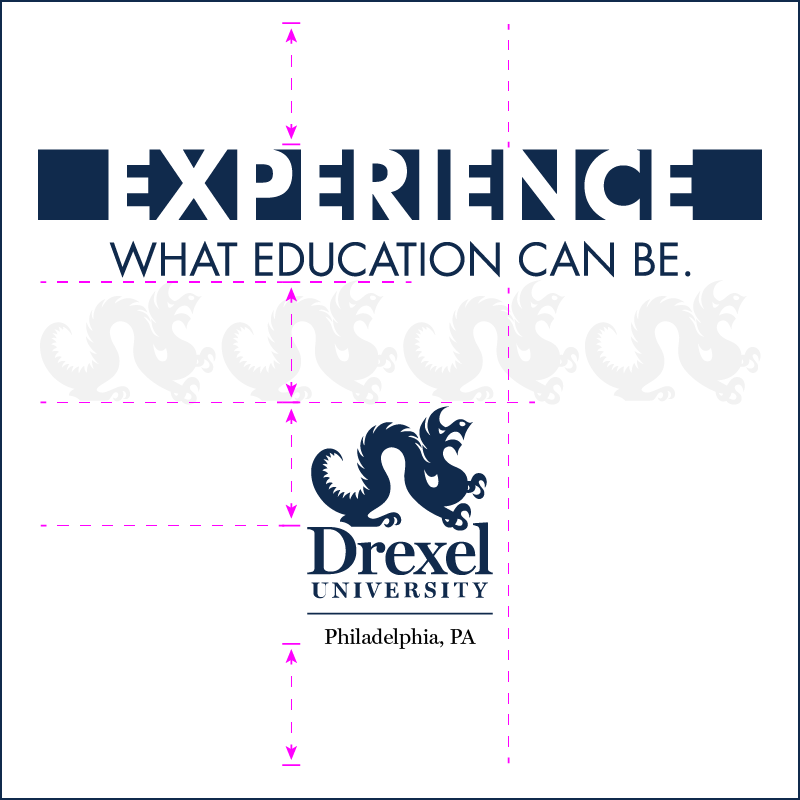
The Experience Title Lock-up Without Additional or Secondary Copy
When using the Experience Drexel title lock-up without secondary copy, the mark should be centered on the printed page or in the digital frame. If room allows, adding the vertical Drexel University logotype, which consists of the University Dragon icon and formal word-mark in a centered configuration, is preferred. This distinct, traditional Drexel logotype should sit centered and below the title lock-up. Using the height of our iconic Drexel Dragon, you can determine the scale relationship between the Drexel University logo and the campaign title lock-up. The Experience title lock-up is about four times the Dragon's width, and you can use the Dragon's height to measure the distance between the campaign title lock-up and the vertical Drexel University logo.
The Experience Drexel title lock-up should never be used without a logo, marker, or written reference to Drexel University. For example, some of our social media visuals use the Experience campaign title lock-up without a Drexel logo, but all social media posts include the Drexel University avatar and the Drexel University name will always title the post. All marketing materials that use the Experience Drexel title lock-up should also include a clear Drexel University name or logo.
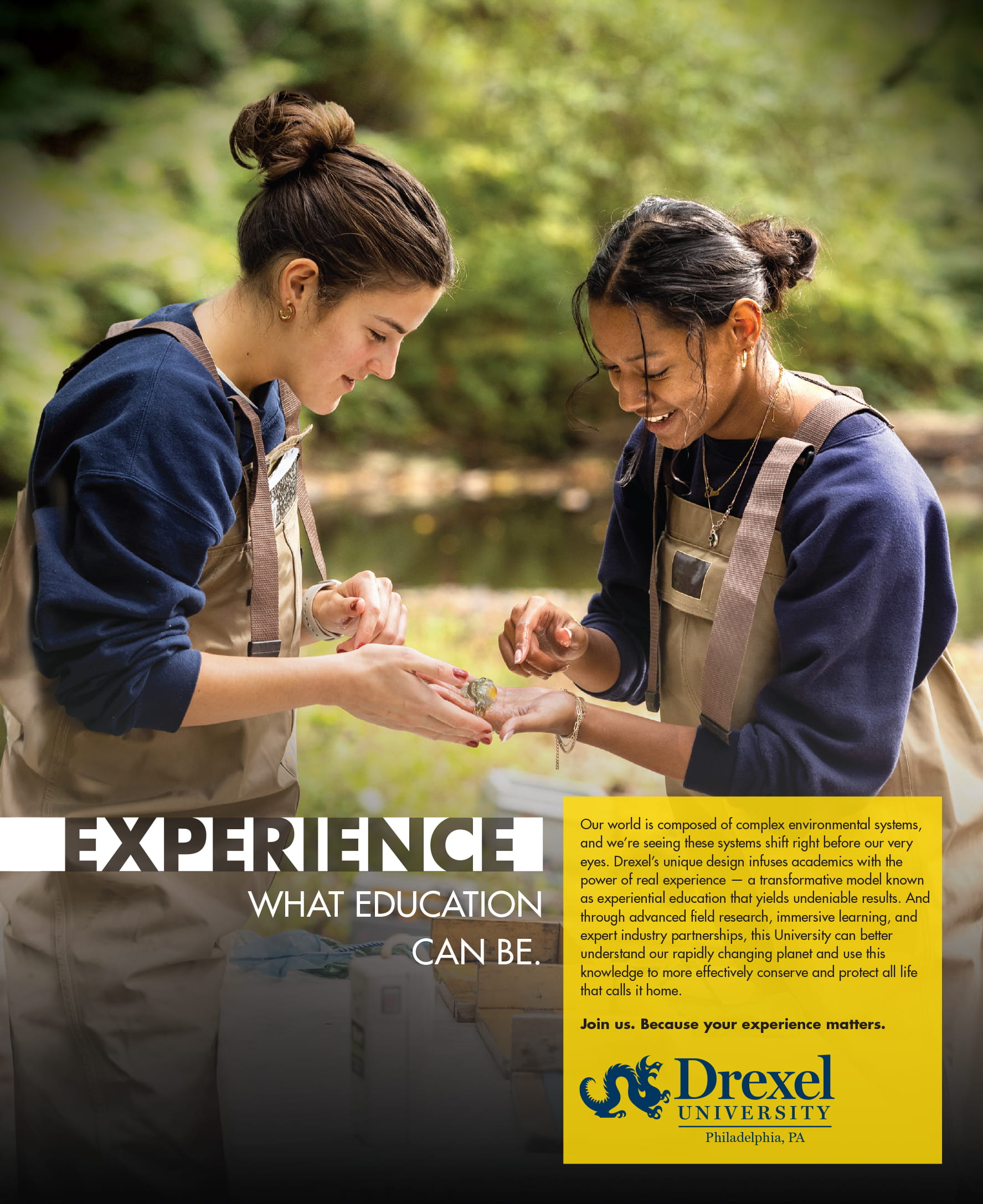
The Experience Title Lock-up With Additional or Secondary Copy
The Experience Drexel title lock-up takes on a right-aligned configuration when using the title lock-up with secondary copy (similar to the image shown to the left). The new arrangement of the Experience campaign title lock-up allows it to flush right, creating an implied line that pairs well with a left-aligned body copy. The body copy, or any additional secondary copy, in this configuration should align with the top of the campaign title lock-up. It is also preferred that the traditional Drexel University horizontal logotype be used below the secondary copy to offset the visual weight of the two marks. This satisfies the requirement that the Experience Drexel title lock-up always be used with a clear logo, marker, or written reference to Drexel University.
General Photography and Video Guidance
